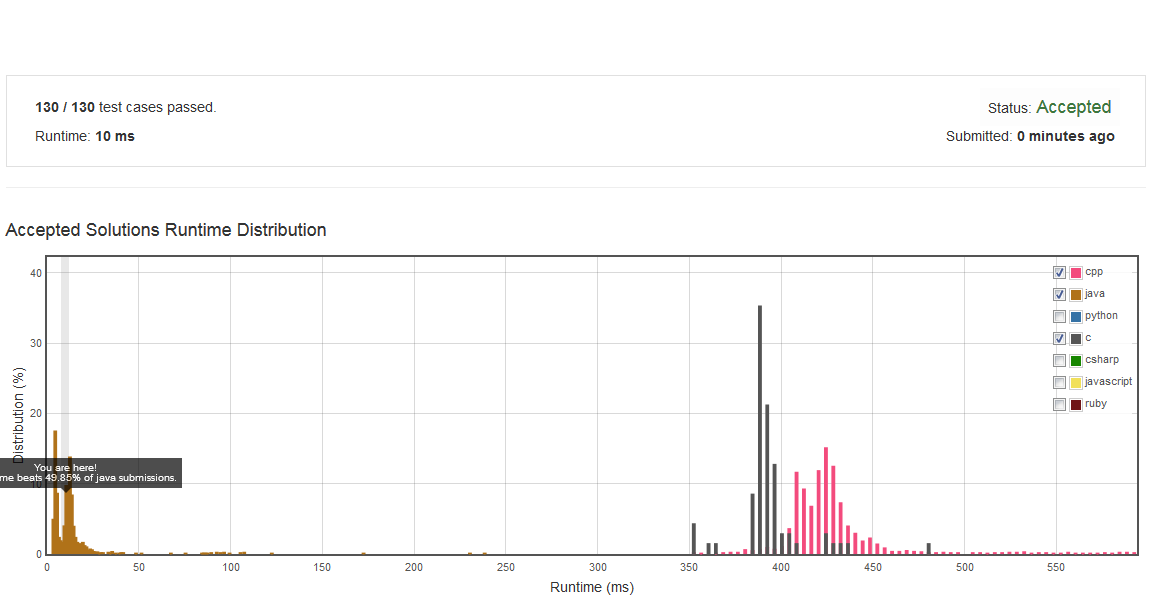Discription:
Merge k sorted linked lists and return it as one sorted list. Analyze and describe its complexity.
Subscribe to see which companies asked this question.
思路:其实就是归并排序的最后一步归并操作。思想是递归分治,先把一个大问题分成2个子问题,然后对2个子问题的解进行合并。经过一次遍历就能找出已经有序的序列。就算是题目中给出的条件,已经有K个已经排好序的链表。然后递归的把问题分成2个,4个。。。。logK个子序列。然后每两个子序列的解进行合并。最后得到一个排好序的链表。时间复杂度为O(nlogK)。
代码:
/** * Definition for singly-linked list. * public class ListNode { * int val; * ListNode next; * ListNode(int x) { val = x; } * } */ public class Solution { public ListNode merge2Lists(ListNode list1, ListNode list2) { ListNode head = new ListNode(0); ListNode cur = head; while(list1 != null && list2 != null) { if(list1.val < list2.val) { cur.next = list1; list1 = list1.next; } else { cur.next = list2; list2 = list2.next; } cur = cur.next; } while(list1 != null) { cur.next = list1; list1 = list1.next; cur = cur.next; } while(list2 != null) { cur.next = list2; list2 = list2.next; cur = cur.next; } return head.next; } public ListNode mergeKLists(ListNode[] lists) { if(lists == null || lists.length == 0) { return null; } if(lists.length == 1) { return lists[0]; } int mid = lists.length / 2; ListNode list1 = mergeKLists(Arrays.copyOfRange(lists, 0, mid)); ListNode list2 = mergeKLists(Arrays.copyOfRange(lists, mid, lists.length)); return merge2Lists(list1, list2); } }
为何这道题Java的效率这么高,把C/C++都完爆了。
